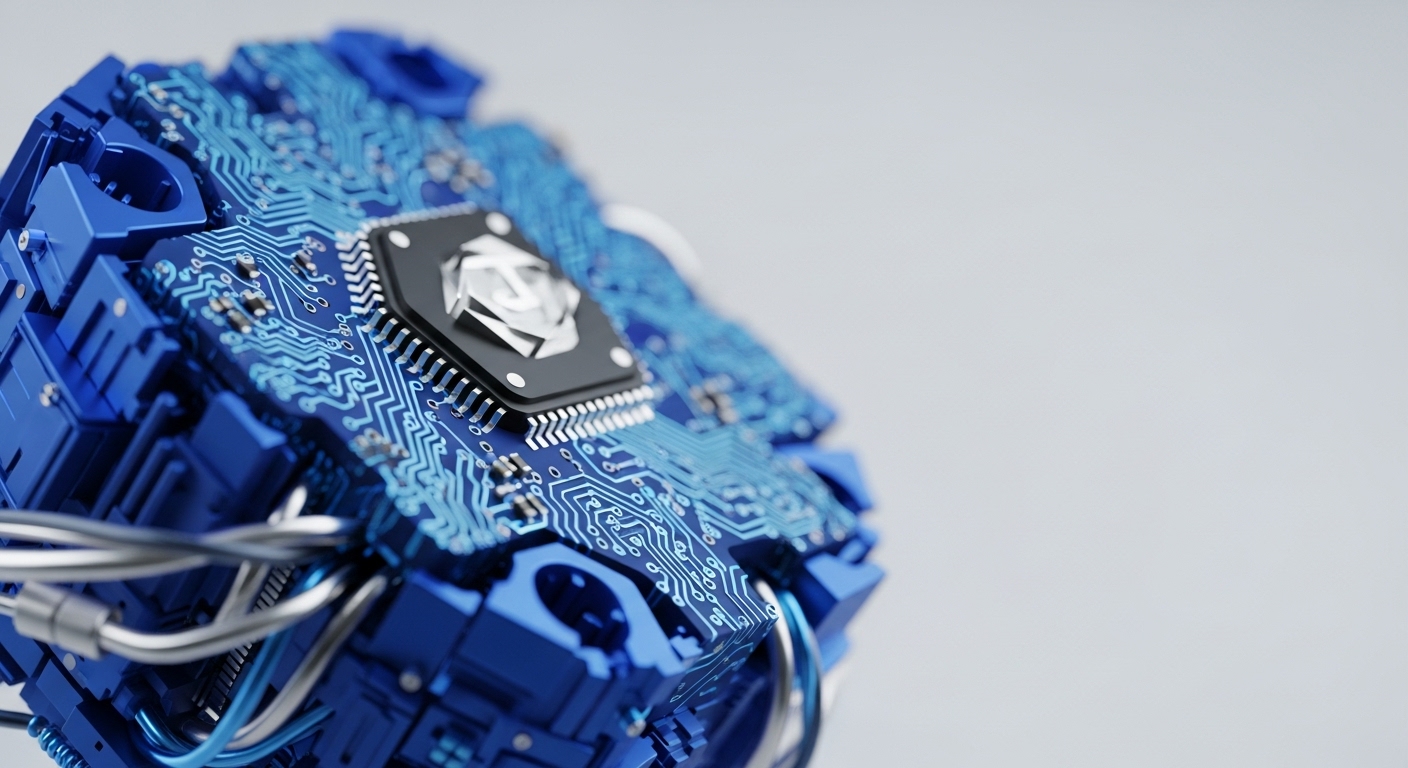
Briefing
Current Layer 2 rollup solutions present a rigid trade-off between cost and transaction finality, limiting their adaptability for diverse decentralized applications. This paper introduces a novel dual-proof rollup system that combines Zero-Knowledge STARKs with Trusted Execution Environment (TEE) remote attestations. This hybrid mechanism enables configurable finality, allowing developers to dynamically adjust security and cost parameters, thereby reducing operational costs by up to 65% while maintaining rapid transaction confirmation. This foundational breakthrough redefines the design space for Layer 2 scaling, fostering a more adaptable and economically efficient blockchain architecture.

Context
Before this research, blockchain scalability solutions, particularly rollups, primarily focused on increasing transaction throughput, often at the expense of either high costs for immediate finality (ZK-rollups) or extended confirmation periods for lower costs (Optimistic rollups). A fundamental challenge persisted in developing a rollup architecture that could offer dynamic adjustments to finality, security guarantees, and associated costs, thereby catering to a wider array of decentralized applications with varying requirements. Existing ZK-rollups, while offering immediate finality, incurred significant on-chain verification costs, ranging from $50 to $66 USD per proof.

Analysis
The paper’s core innovation is a dual-proof system that synergistically integrates ZK-STARKs and Trusted Execution Environments (TEEs). Transactions are processed within an Intel TDX TEE, which generates a lightweight remote attestation proof of correct execution. Concurrently, a full ZK-STARK proof is generated using the Winterfell prover.
The system allows for a weighted randomized selection mechanism on Layer 1, where the smart contract verifies either the cheaper TEE attestation or the cryptographically robust ZK-STARK proof. This fundamental difference from previous approaches introduces a spectrum of finality and cost options, enabling significant cost reductions by primarily relying on TEE proofs while using ZK-proofs as a robust, less frequent integrity check.

Parameters
- Core Concept ∞ Dual-Proof Rollup Mechanism
- New System/Protocol Name ∞ Configurable Cost-Finality Rollup Prover
- Key Mechanisms ∞ ZK-STARKs, TEE Remote Attestation
- ZK Prover Used ∞ Winterfell
- TEE Used ∞ Intel TDX
- Cost Reduction Achieved ∞ Up to 65%
- Finality Time ∞ Within minutes
- Publication Date ∞ July 31, 2025
- Author ∞ Gianni Canavero

Outlook
This research establishes a new paradigm for flexible Layer 2 scaling, enabling blockchain developers to precisely tailor rollup solutions to specific application needs. Future work will likely explore the optimization of the TEE-ZK proof orchestration, investigating dynamic switching mechanisms between proof types based on real-time network conditions or transaction value. In the next 3-5 years, this theoretical framework could unlock a new generation of decentralized applications requiring highly customized security and performance profiles, from low-value, high-throughput microtransactions to high-value, cryptographically assured financial settlements, thereby expanding the utility and adoption of blockchain technology across diverse industries.
